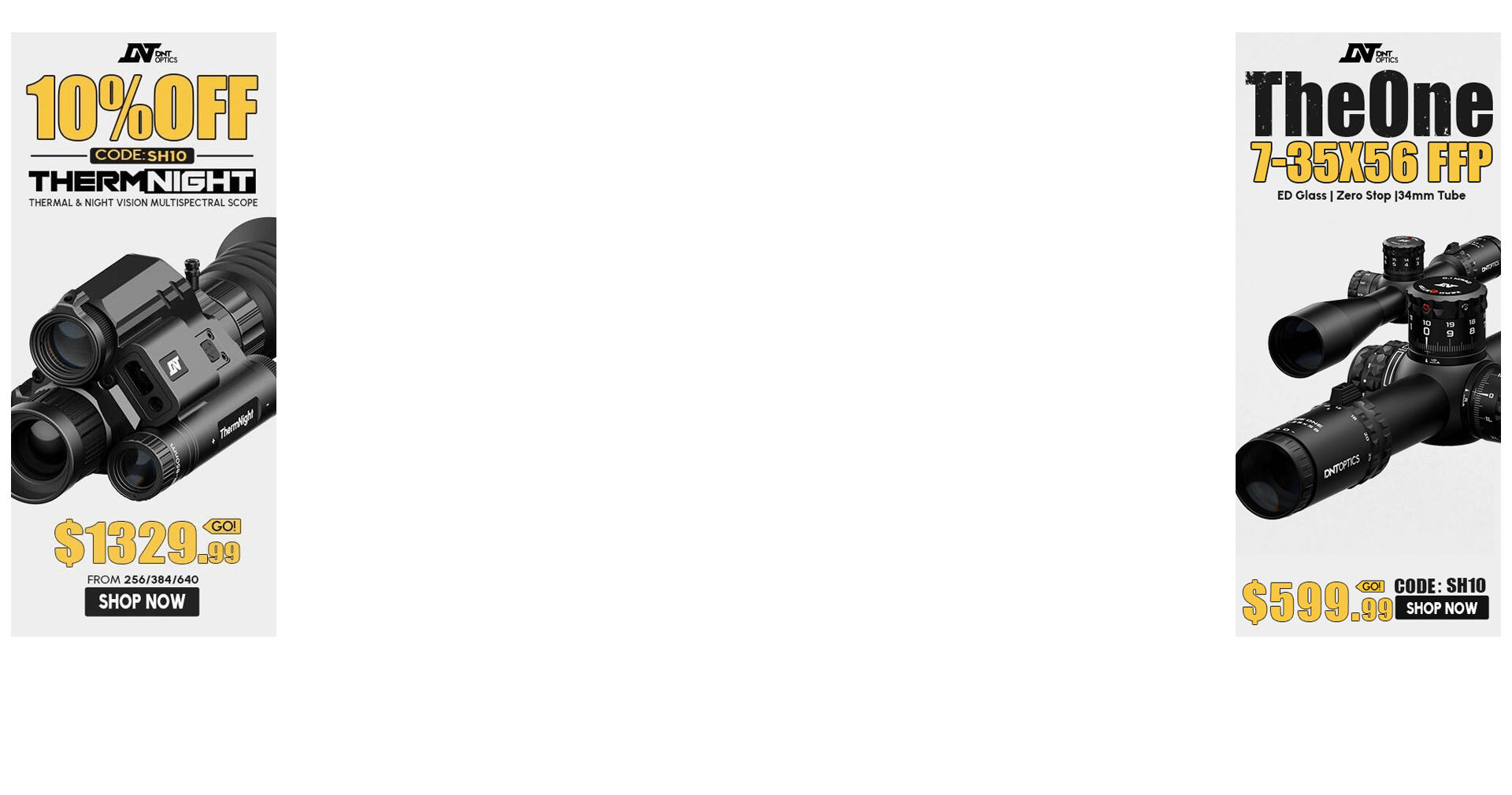I picked up a Sig Cross for my daughter and am rebarreling to 6 Creedmoor. I noticed a few things that stand out as odd to me and wanted to start a discussion about the benefits, or lack thereof, of these features. I'm looking for some general understanding of what they were trying to accomplish.
First, this rifle has a triple lug bolt, in the form of a bolt body and floating bolt head. What's odd is when the bolt is closed the floating bolt pin is not horizontal and perpendicular to gravity like a Savage floating bolt system, but is rotated to approx 50° as compared to horizontal. It also doesn't seem to have much "float" movement. I've always thought the floating system was to offset the impact gravity has on the sagging end of the bolt opposite the chamber. At the angle that exists with the Sig I don't see how it is of any benefit.
Second, the bolt lug bearing surfaces are machined conical and not square to the centerline of the bolt. The lug seats in the barrel extension are also machined to mate with the conical bearing surfaces. This could be accurate iIf all parts were machined perfectly concentric with the centerline of the bore and then the bolt face is machined square with the bore, but I would think it would be much easier to get everything flat than getting the bolt face flat and everything else concentric.
It seems like they could have made a few design changes and had something significantly better. What am I missing with this one?

First, this rifle has a triple lug bolt, in the form of a bolt body and floating bolt head. What's odd is when the bolt is closed the floating bolt pin is not horizontal and perpendicular to gravity like a Savage floating bolt system, but is rotated to approx 50° as compared to horizontal. It also doesn't seem to have much "float" movement. I've always thought the floating system was to offset the impact gravity has on the sagging end of the bolt opposite the chamber. At the angle that exists with the Sig I don't see how it is of any benefit.
Second, the bolt lug bearing surfaces are machined conical and not square to the centerline of the bolt. The lug seats in the barrel extension are also machined to mate with the conical bearing surfaces. This could be accurate iIf all parts were machined perfectly concentric with the centerline of the bore and then the bolt face is machined square with the bore, but I would think it would be much easier to get everything flat than getting the bolt face flat and everything else concentric.
It seems like they could have made a few design changes and had something significantly better. What am I missing with this one?


